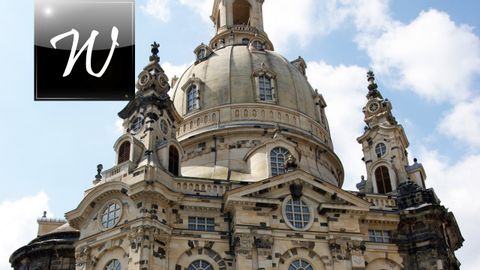
Subtitles & vocabulary
◄ Frauenkirche, Dresden [HD] ►
00
大菲鴨阿 posted on 2016/09/08Save
Video vocabulary
massive
US /ˈmæsɪv/
・
UK /ˈmæsɪv/
- Adjective
- Very big; large; too big
- Large or imposing in scale or scope.
B1
More people
US /ˈpipəl/
・
UK /'pi:pl/
- Noun (Countable/Uncountable)
- Persons sharing culture, country, background, etc.
- Men, Women, Children
- Transitive Verb
- To populate; to fill with people.
A1
More give
US /ɡɪv/
・
UK /ɡɪv/
- Uncountable Noun
- Degree of flexibility in something, a material
- Transitive Verb
- To hand over or present something to someone
- To cause someone to have or experience something
A1
More build
US /bɪld/
・
UK /bɪld/
- Noun
- Your physical shape; physique
- The process of construction.
- Transitive Verb
- To establish e.g. a reputation, over time
- To construct a house, office, factory
A1TOEIC
More Use Energy
Unlock All Vocabulary
Unlock pronunciation, explanations, and filters
